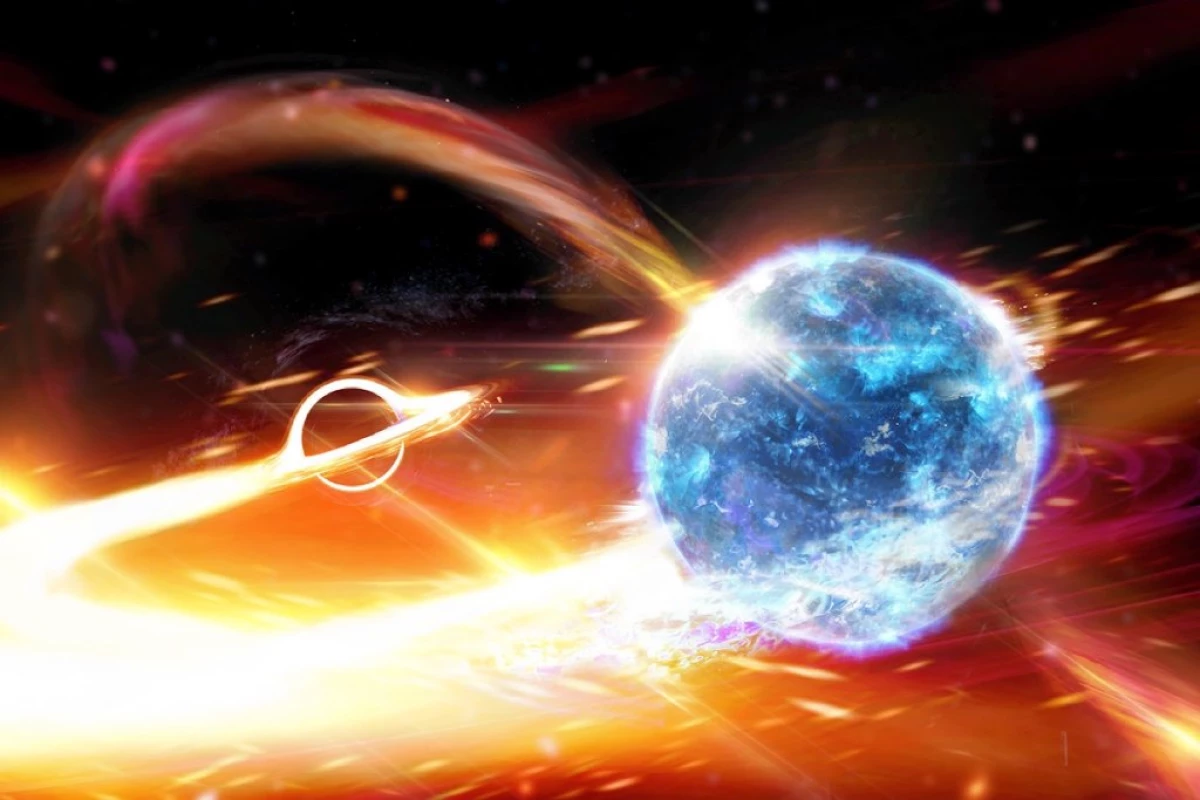
In recent years, gravitational wave observatory registered signals created by different "cosmic catastrophes" - merging the pair of black holes, pairs of neutron stars, as well as black holes with neutron stars. Such "extreme" dual systems can occur in different ways. First, black holes and neutron stars may occasionally, moving by enough "densely populated" similar objects of the space area. Secondly, they are capable of forming in close proximity to each other.
In fact, both black holes, and neutron stars - the latest stages of the evolution of large stars, remaining after the explosion of supernovae. Therefore, a couple of such stars can appear in the overall "star cradle", after which one after another flashes, turning into a black hole or neutron star. And such a system is theoretically can be detected even before it occurs a catastrophic fusion. About this team of Chinese scientists led by He Gao writes in an article published in The Astrophysical Journal Letters.
If the explosion of supernova will occur next door to the black hole already formed, it will lead to detected changes. Normally, such an outbreak is growing very quickly, during the days, after which the brightness slowly decreases. However, if a black hole is nearby, then a portion of the thrown supernova will fall into it. This process leads to an additional energy and radiation emission, which must change the crystal curve with supernova.
The specific type of these changes depends on the mass of the circumstances and features of the double system. However, He Gao and his colleagues believe that some of the similar double systems can be noticed on the non-acted gloss of supernova. Perhaps in the future, such work will be carried out and will allow you to establish how exactly the formation of double, ready to merge in a new catastrophic event, creating powerful gravitational waves.
Source: Naked Science
